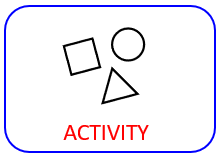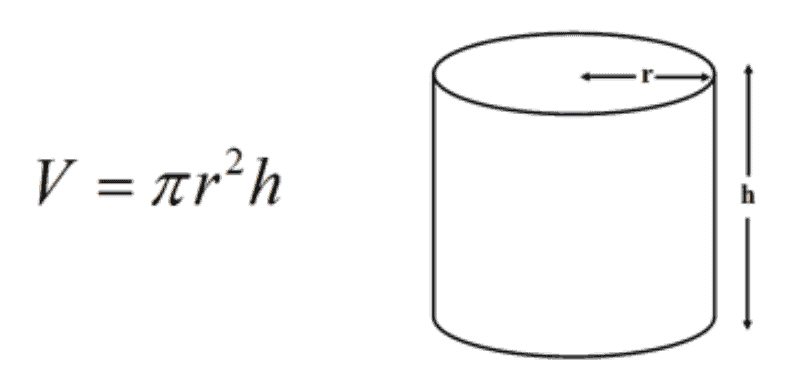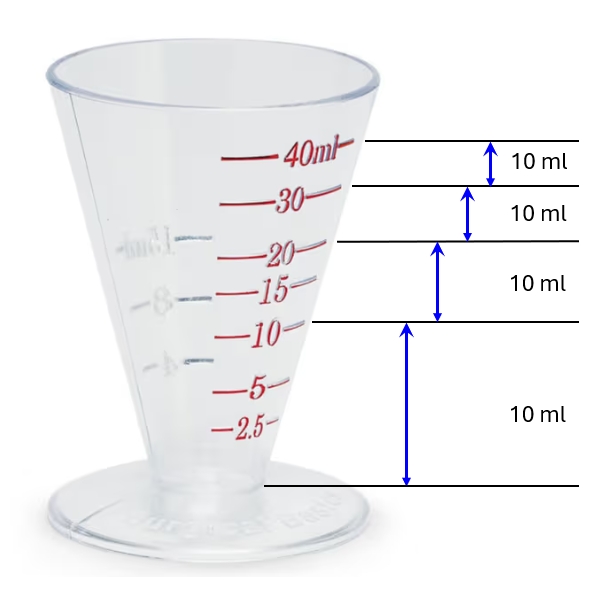SILO 2.1 (DRAFT)Year 2, Term 1: Shapes and objectsFocus: Dimensions Scope and sequence: Area, Capacity, Dimensions, Perimeter, Volume |
|
Learning
intention: Students
recognise, represent and classify familiar two-dimensional
shapes and three-dimensional objects.
|
|
|
NSW Syllabus
|
Australian Curriculum (version
9.0)
|
|
"A student recognises, describes
and represents shapes including quadrilaterals and other common
polygons." (MA1-2DS-01)
"A student recognises, describes and represents familiar three-dimensional objects." (MA1-3DS-01) |
"Students learn to make, compare
and classify familiar shapes; recognise familiar shapes and
objects in the environment, identifying the similarities and
differences between them." (AC9M1SP01)
|
Introduction to shapes and objects
 |
What is the difference between a shape and an object? |
In geometry, shapes are generally considered to be
two-dimensional but objects have three dimensions.
Tangram activity
An introductory geometry activity using tangrams is as follows:
- Give each student a piece of paper and ask them to rule up their own tangrams sheet by following verbal instructions.
- After each step, draw the instruction for all to see.
- For example; "Draw a straight line between the top-right corner and
bottom-left corner."


Alternatively, you could print the tangrams from this A4 template or provide step-by-step instructions for children to draw their own tangrams using this slideshow.
Using the pieces which you just created, try to make the following shapes:

Symmetry
Shapes and objects are symmetrical if they can be divided into two equal parts along a straight line. Some shapes and objects have multiples lines of symmetry and shapes and objects which are not symmetrical are described as being asymmetrical.The following video (3:14) provides a good overview of symmetry.
Activity: Write out the 26 letters of the alphabet in capitals and also the 10 digits. Identify which characters are symmetrical and draw all lines of symmetry.

 |
How many characters are not symmetrical?
|
 |
Which characters have the most lines of symmetry?
|
Perimeter and area
Perimeter is the distance around a shape. Area is the
space inside a shape.

 |
|

Prisms
A prism is a three-dimensional object where the two ends are the same shape and size. Prisms are also 'polyhedrons' which are solid objects with flat faces. For this reason a cylinder is not classified as prism. Some examples of prisms are shown below:

Capacity and 3D shapes
Introduction activity: Capacity is how much an
object is able to hold. To begin, we will test what shape or
object we can create to have the largest capacity, using only a
piece of paper and tape. Each student will attempt to fold or bend their
paper into an object they think can hold them most in it. When
completed, the object’s capacity will be tested using classroom blocks
to see which can hold the most.
The following formula is not formally introduced until Years 7 and 8 but the teaching points are:
- Shape is a determining factor when dealing with volume and area.
- Mathematics is not just about questions but can be a way of explaining things.
- Mathematical formulas embody these relationships. Knowing that there is a formula is more important in Year 2 than knowing how to use the formula. There is a handy online calculator for cylinders at https://www.omnicalculator.com/math/cylinder-volume.

The following image shows some annotations beside a common
medicine cup. Notice how each 10 ml has a different height due to the
conical shape of the cup.

Drawing 3D objects
When an object has depth to it, making it able to be filled (such as the cylinder seen in the intro activity), we call this 3 dimensional, or 3D. These objects have different properties: they have a certain number of edges, vertices, and faces that classify them as cubes, prisms, spheres, etc. The diagram below shows where the edges, faces, and vertices of different objects are located. An important note is that edges refer to the area where TWO faces meet, whereas vertices are the locations where THREE OR MORE faces meet.

The activity today is going to be building our own objects. Everyone is going to get a number of different pieces of paper, all coloured differently. You are going to try and fold them to create the following objects:

The activity today is going to be building our own objects. Everyone is going to get a net that can be used to create a cube and a square-based pyramid. Your task is to cut along the solid lines, leaving the inside of the nets as-is until you are finished cutting. Then, you are going to fold along the dotted lines, and tape the tabs on the net to each of the faces to create your object.


Angles
The following video (6:25) is an introduction to angles.
Introduction to Venn diagrams
Problem solving with perimeter and area
Problem solving with volume and capacity
Moderated self-assessment
Discussions with students around the key components of conceptual topics and how they fit together can generate insights into student achievement.


This work is licensed under a Creative Commons Attribution-NonCommercial-ShareAlike 4.0 International License.
Main menu